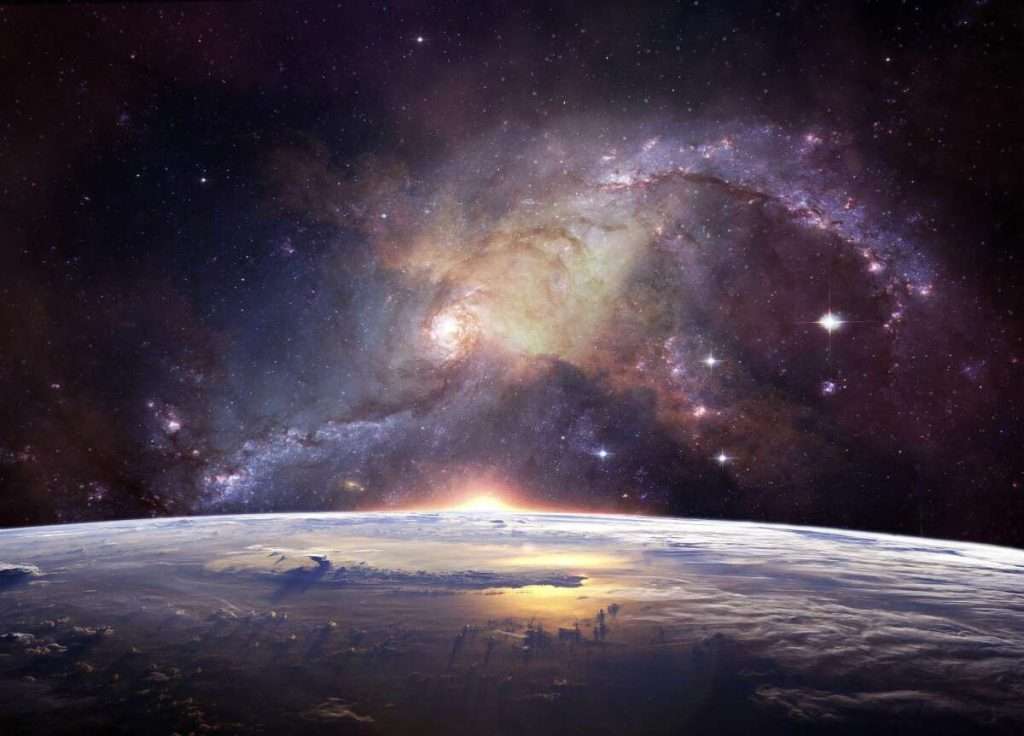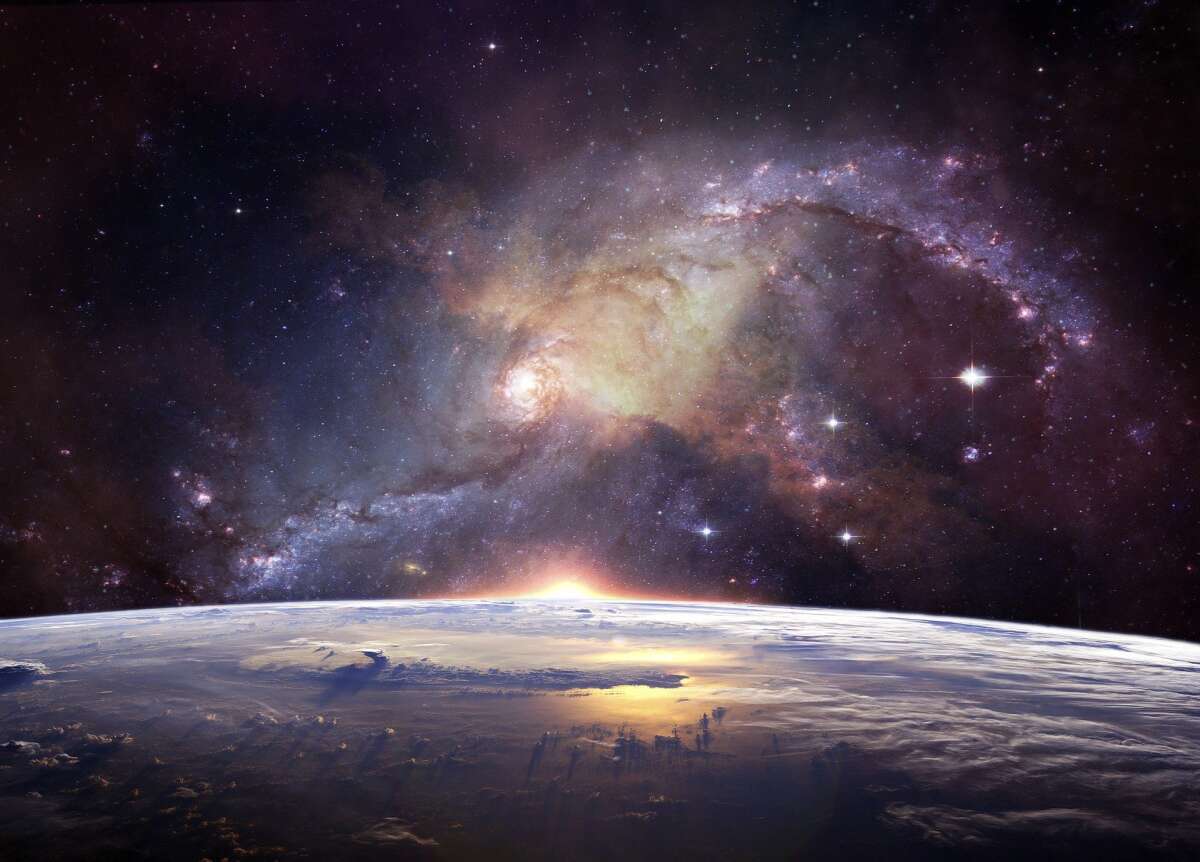
One of the key questions of cosmology is the determination of the exact speed of expansion of the universe. Two modern methods for determining this rate give different, contradictory values. In a new study, physicist David Harvey of Leiden University, the Netherlands, adapted a third, independent method for these purposes, based on measurements of the property of galaxies to distort the trajectory of light that Einstein predicted at one time.
The fact that the universe has been expanding has been known to us for about 100 years. Astronomers have noticed that light coming from distant galaxies is characterized by a longer wavelength than light coming from nearby galaxies. Light waves are observed stretched, or experiencing a redshift, which indicates a rapid distance from us of distant galaxies.
This expansion rate, called the Hubble constant, can be measured. According to the first of the modern methods, based on measuring the brightness of sources with constant luminosity (type Ia supernovae), galaxies are removed from us at a speed that increases by 73 kilometers per second for each megaparsec of distance. However, an alternative method of measuring the Hubble constant, based on accurate measurements of the parameters of the relict radiation of the Universe, gives a significantly lower value, which is no more than 67 kilometers per second per megaparsec.
To clarify the reasons for this discrepancy, Harvey suggests using a well-known method based on gravitational lining. The effect of gravitational lensing is that light coming from a distant source undergoes distortion if a massive object, such as a galaxy, is found on the observation line. When the center of the galaxy is shifted relative to the observation line, the trajectories of individual beams of light will differ, so in the case of a short-term flash at a distant source, a different signal delay can be expected for two separate beams of light associated with an increase in the length of the trajectory. This delay allows you to independently estimate the distance to a distant galaxy, which, in turn, makes it possible to calculate the Hubble constant.
However, the use of this method is complicated by the fact that the resulting value of the distance to a distant galaxy depends on the properties of the lens galaxy. To avoid labor-intensive modeling of the properties of galaxies-lenses, Harvey proposes to use thousands of such galaxies, and then average their properties without detailed modeling. This will make it possible to determine a Hubble constant with an error of no more than 2 percent, the scientist points out.





